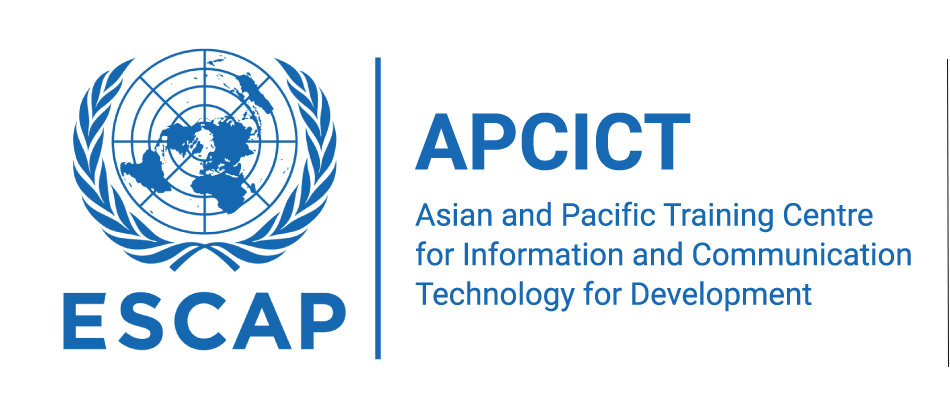Achieving interoperability is widely recognized as one of the major goals of any e-government effort. With shrinking budgets and the high cost of new technologies, government IT managers are optimizing the use of existing resources and leveraging the opportunities brought about by new technologies.
Generally defined as the ability of information systems, devices and organizations to access and process data, interoperability relies on a secure platform to ensure the integrity of transactions. For governments, interoperability requires access to services and information across agencies, while reducing costs as well as improving productivity.
As a tool to improve governance, it is also as a set of practices intended to promote transparency, ensure the efficient delivery of services, and foster accountability. Furthermore, interoperability can be a tool for inclusion and growth. It can encourage innovation and collaboration among public agencies, private sector and citizens by eliminating organizational (transactional) silos, and inspire openness.
On the technical side, interoperability is a complex endeavor that involves people, information, communication and technology usually driven by a sense of achieving the public good. It includes the development of standards, the building of capacities and the appropriate organizational culture.


